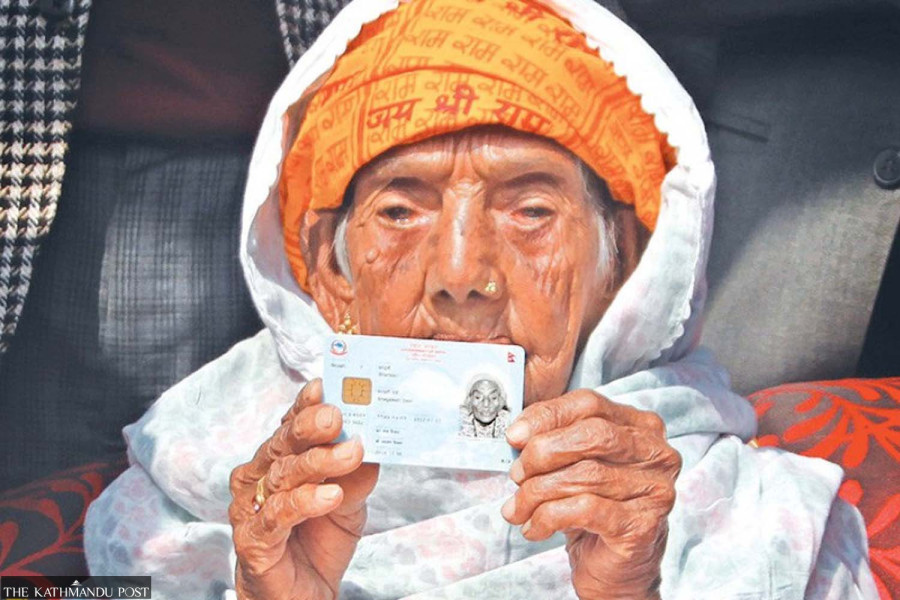Editorial
The notional ID
The flawed national ID card scheme suggests it was introduced for the benefit of certain vested interests.
That the new national ID card would turn out to be a waste of precious taxpayer money was a foregone conclusion when the government started distributing—read: Enforcing—it in 2018, with no preparation whatsoever. Having virtually no takers except for those who want to make new passports and those sitting for medical licence exams, two purposes for which the cards are mandatory, the so-called one-stop solution to identification that began with a big hullabaloo has fizzled out to nothingness. The national ID card imbroglio, in a country that has failed so much as to provide citizenship and identity cards to up to half a million of its legitimate citizens, exposes the casualness with which the Nepali government makes big decisions.
Apart from its limited use, there is no secret about the national ID card’s failure to take off even after five years of its implementation. Only 133,000 cards have been distributed since its launch, while a total of 1.2 million cards have been printed. The government has collected the biometrics of 11.4 million people but it has yet to inform them when the cards will be distributed to every Nepali. More than that, it has failed to assure them that it is not just another flimsy plastic card with very limited use.
There is always the risk of a big data breach in Nepal which is desperately struggling to secure its digital infrastructure. The ease with which electoral candidates can easily buy voter name lists through fraudulent means makes the task of getting a national ID card inherently risky, the cards liable to information theft from hackers from all over the world. (In recent times, Nepal has also witnessed the immense damage that scammers can do with fake ATM cards.) From insurance agents to advertising platforms to violent groups, everyone is out there seeking data on all kinds of people all the time, and the government is still trying to impose a so-called “all-in-one” digital national ID card. Ironically, the national ID card is neither fully digital nor has it found acceptance from the government’s various wings themselves, let alone the citizens.
To make the citizens take the additional hassle of obtaining a new card, the government must prove its seriousness, for instance by working to quickly integrate the databases of different government offices and making our digital infrastructure more secure. Moreover, it must be able to explain how the national ID scheme is not a carbon copy of similar schemes in the neighbourhood; that a few folks decided it was the right thing to do just because others were doing it. Plus, what can this card do that other identity cards, such as the citizenship card, driving licence, or voter card, cannot? If the proponents of the cards believe that so much is already clear to the citizens, they are mistaken. People are in fact highly confused.
That there are so many questions and so few credible answers suggests these cards were introduced for the benefit of certain vested interests that profited handsomely from the scheme. This suspicion is buttered by the fact that these cards look cheap and flimsy and not worthy of being deemed national ID.




 8.12°C Kathmandu
8.12°C Kathmandu














